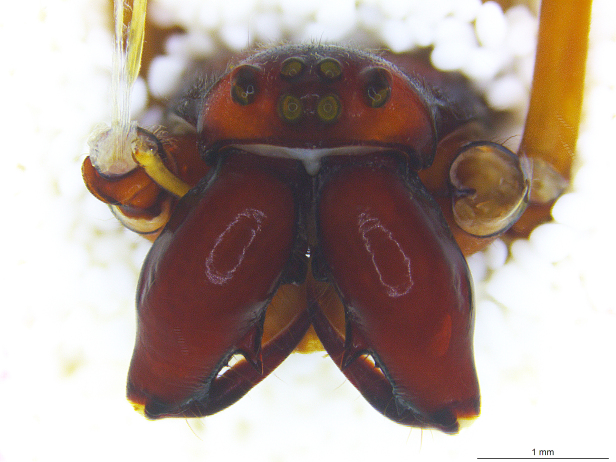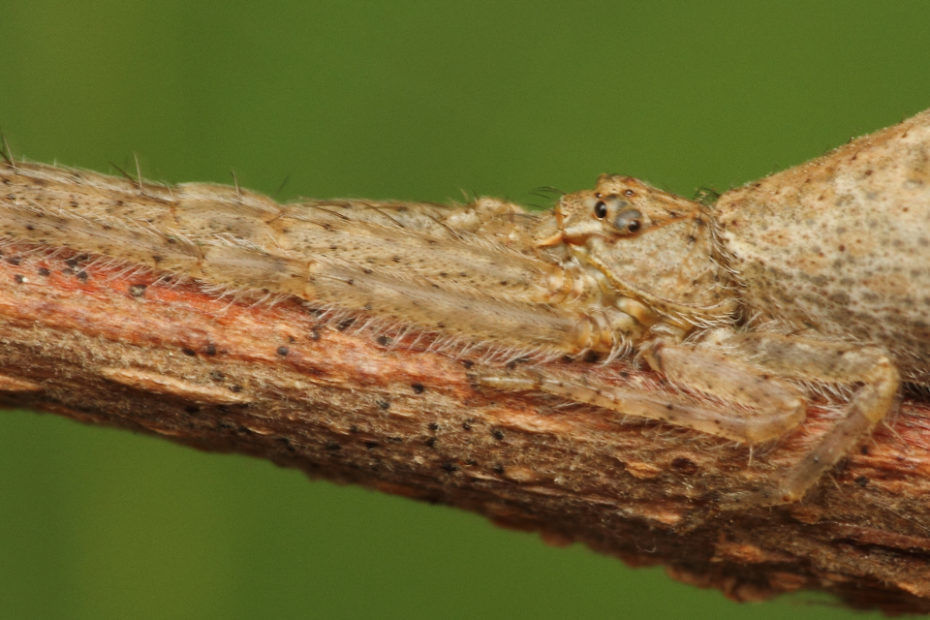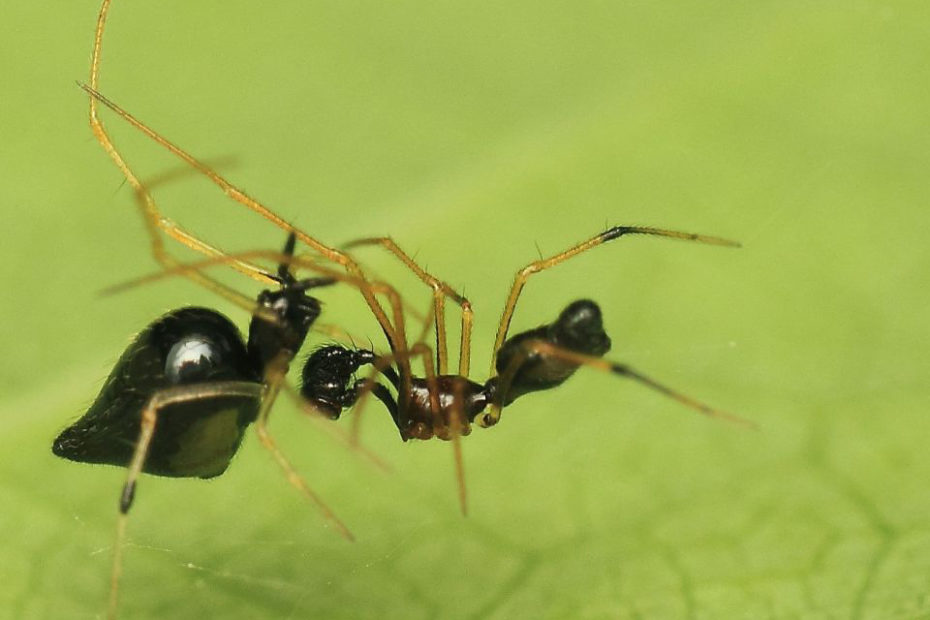Systematics and biogeography of the leucaugine spider genus Orsinome (Araneae, Tetragnathidae)
The tetragnathid spider genus Orsinome is presently recognized by 17 species, mostly known from Asian tropics, many with singular records and restricted distribution. Although a valid genus, its diagnostic characters have remained unedited since over 120 years.… Read More »Systematics and biogeography of the leucaugine spider genus Orsinome (Araneae, Tetragnathidae)


